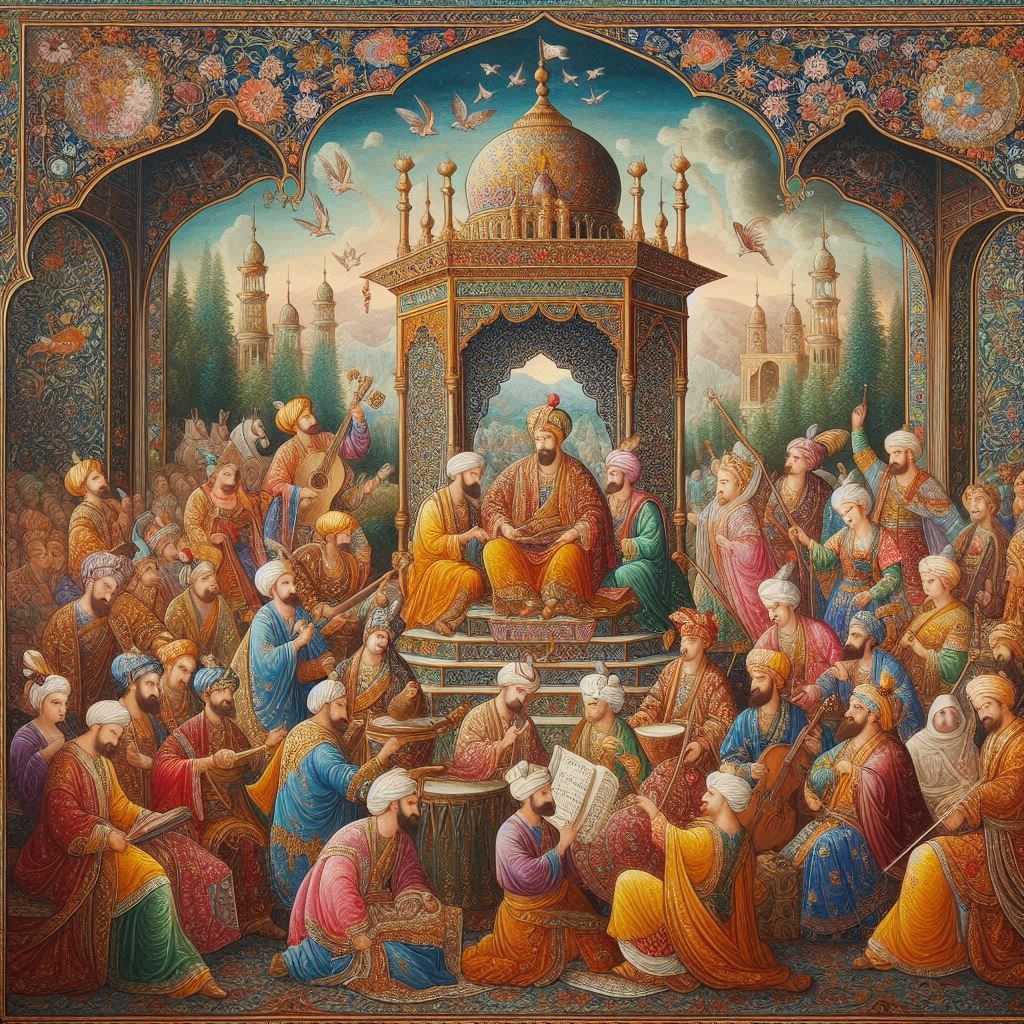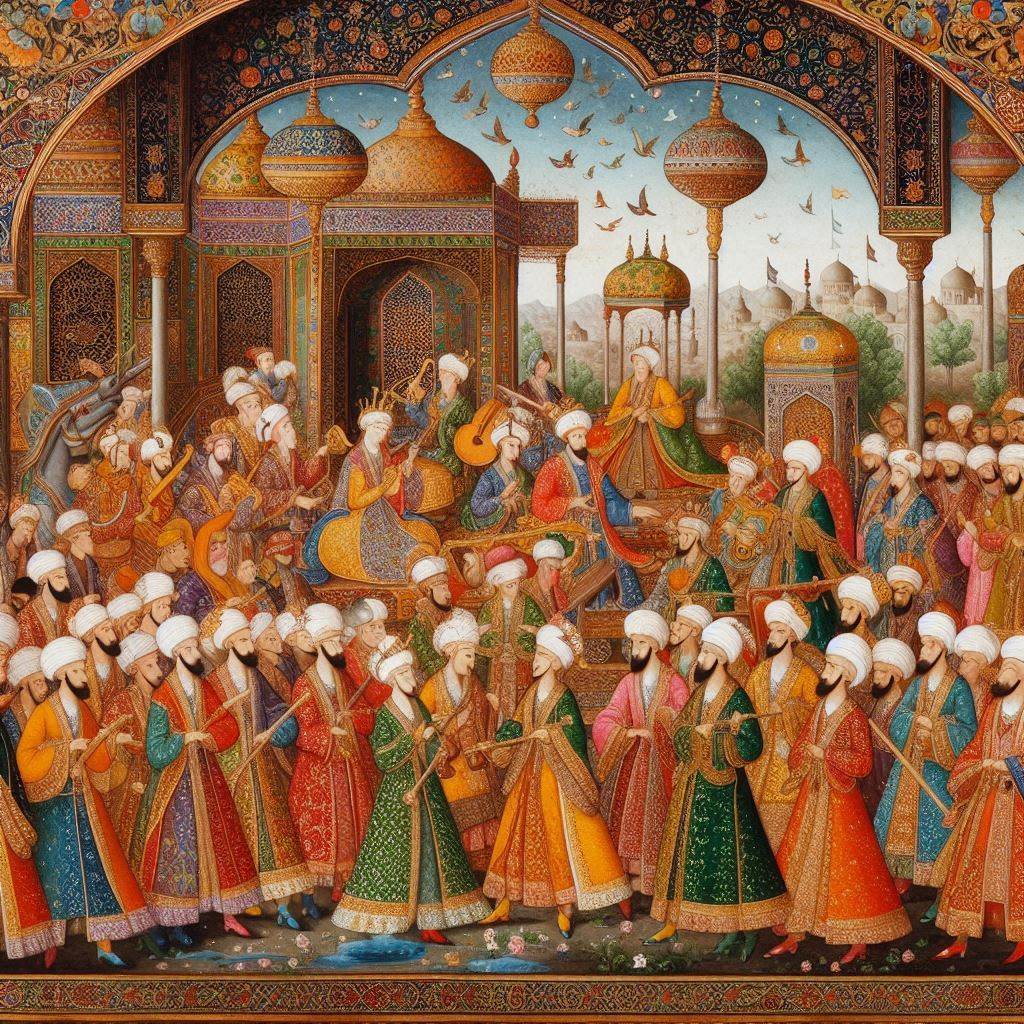"The Art of Persian Miniature Iran's Rich Cultural Heritage"
Persian Miniature
Persian Miniature: A Unique Art Form That Has Stood the Test of Time
Persian miniature is a traditional form of art that has its roots in the rich history of Persia (modern-day Iran). This art form is characterized by intricate, detailed paintings that are often no larger than the size of a postcard. Despite its small size, Persian miniature has a significant impact on the world of art and continues to be appreciated by art lovers across the globe.
History of Persian Miniature
Persian miniature has a long and rich history that dates back to the 13th century. The earliest Persian miniature paintings were created during the Mongol invasion of Persia. At that time, Persian artists began to create small paintings that depicted religious themes, as well as scenes from everyday life.
Over time, Persian miniature developed into a sophisticated art form that was widely appreciated by Persian royalty and aristocracy. These paintings were often commissioned by the wealthy and were used as decorative pieces in palaces and other grand buildings.
In the 16th century, Persian miniature underwent a significant transformation, as artists began to incorporate more naturalistic elements into their paintings. This led to the creation of some of the most stunning examples of Persian miniature art, which are still admired today.
Technique and Style of Persian Miniature
Persian miniature is characterized by its intricate, detailed style. These paintings are typically no larger than a postcard and are created using a combination of watercolors, ink, and gold leaf. The paintings are often adorned with decorative borders, which are intricately detailed and incorporate elements of Persian calligraphy.
One of the most distinctive features of Persian miniature is the use of a flattened, two-dimensional perspective. This style was originally influenced by the Islamic tradition, which prohibits the creation of realistic images of living beings. As a result, Persian miniature paintings often feature stylized, symbolic representations of human figures, animals, and plants.
Themes in Persian Miniature
Persian miniature paintings cover a wide range of themes, including religion, history, mythology, and everyday life. One of the most common themes is the depiction of Persian kings and court life. These paintings often feature richly dressed figures engaged in leisurely pursuits such as hunting or feasting.
Religious themes are also prominent in Persian miniature art. Many of these paintings depict scenes from the life of the Prophet Muhammad or other religious figures. In addition, Persian miniature paintings often include depictions of animals and plants, which are rendered in intricate detail.
Conclusion
Persian miniature is a unique art form that has stood the test of time. Its intricate, detailed style and rich history make it a fascinating subject for art lovers and historians alike. Despite the fact that Persian miniature is over 700 years old, it continues to inspire artists today, and its influence can be seen in contemporary art forms such as graphic design and illustration.
Recent Posts
-
Sustainable Splendor: The Eco-Friendly Soul of Handcrafted Art
In an era of fast fashion and mass-produced home decor, the environmental cost of our "stuff" has ne …31st Dec 2025 -
The Art of Diplomacy: Why Handcrafted Heritage is the Language of Dubai’s Protocol
In the world of international relations and government protocol, a gift is never "just a gift." It i …31st Dec 2025 -
The Psychology of Appreciation: Using Bespoke Art to Retain Top Talent in Dubai
In the high-speed corporate environment of Dubai, where the global hunt for talent is relentless, a …31st Dec 2025






